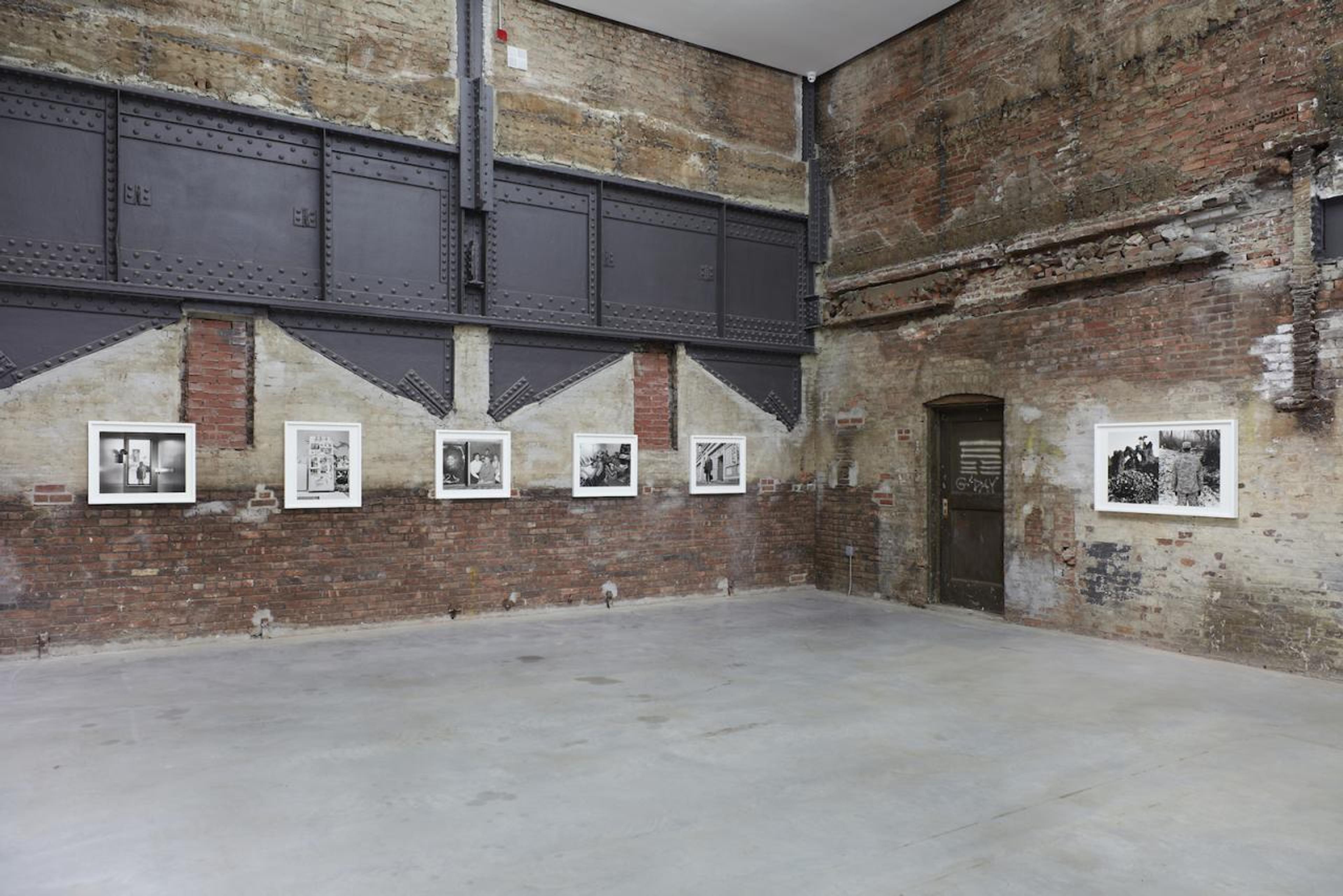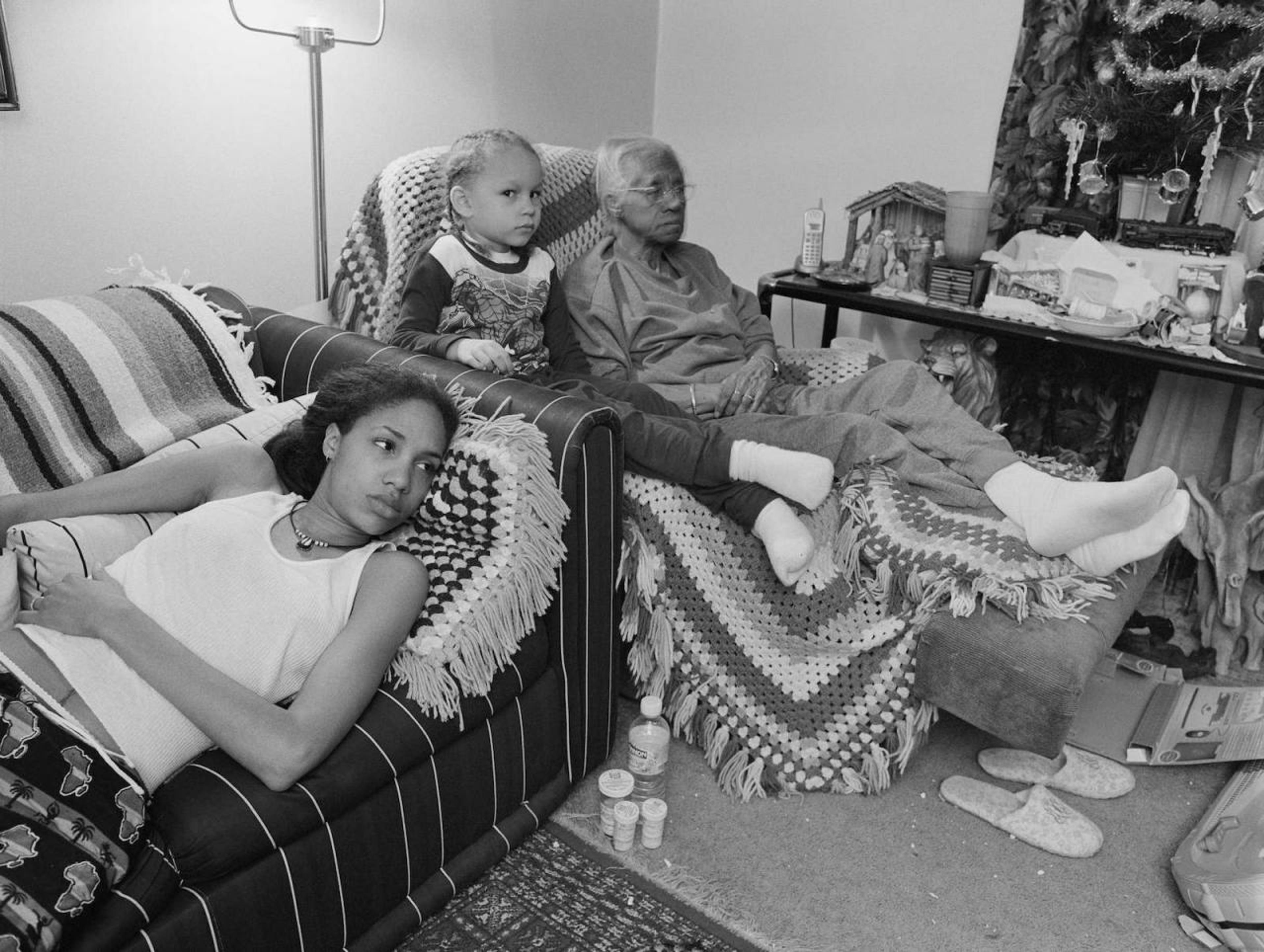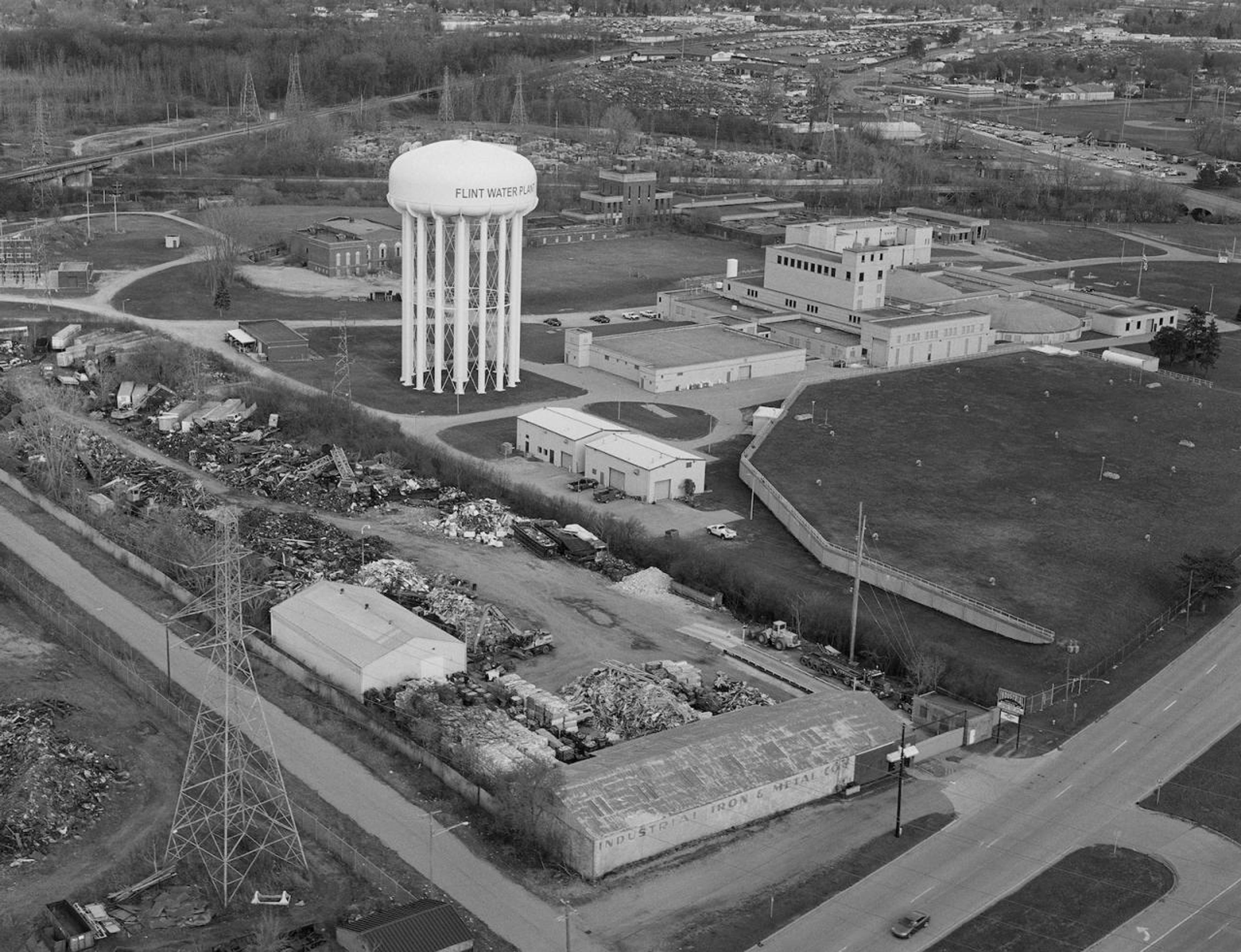Is gallery just a business? Or are galleries also in the business of making community? Two very different shows simultaneously raised these questions: a snapshot of polar opposites north and south of the gleaming excess of Trump Tower.
Back in the day, my friend Rob Pruitt would refer his fellow artists in Gavin Brown’s stable as his gallery brother or sister—the commotion at the gallery’s infamous bar “Passerby” was an inseparable part of the day to day “business.” However dysfunctional, the gallery was thought of as “chosen family” of artists who came with a messy, chaotic, extended kinship circles—it may have watered down the profits to liquor up the crowd, but it was inextricable part of Gavin Brown’s “enterprise.” Once upon a time, galleries were more than the sum of their rosters’ auction records: they were scenes, club houses and incubators of intersecting members of the “creative class.” All this before computer algorithms “helped” us to monetize our communities and find our affinity groups on Instagram and artsy.com!
But now that contemporary art has become a $45 billion dollar a year industry, how can galleries sustain (even a pretense of) community? If the mainstream art market has homogenized into an “oligopoly”— dominated by a handful of mega-galleries and auction houses that have forced most mom-and-pop galleries into survival mode—can the old community-model of the gallery be sustained? Before this radical economic shift and its attendant march of gentrification across the city, galleries could be businesses that also incubated social scenes that generated artworks/products, they generated cultural capital and artistic consensus that eventually worked its way up from marginalized “underground” communities to more patrician circles.
"Digging for Diamonds on the Disco" Installation view at Club Rhubarb (2018) Photo: Brendan Stumpf
With New York art headlines dominated by gallery closings, mergers of estates and consolidation of blue chip artist rosters, the gallery landscape of New York in 2018 can feel like a scorched Sahara of hyper professionalization. Somehow the delivery pipeline moves art from the studio to the category of luxury good to a stable asset class without all that messy (fun) community-stuff getting in the way. With rare exceptions, “community” only manages to pop up in a press release reference that burnishes an artist’s street cred, or as a selling point to reassure a client of the artist’s brand. In New York, community seems obsolete, unsustainable. Cue the rose-colored nostalgia and the historicizing mythology industry!
Digging for Diamonds in the Disco came off as an accidental manifesto response to this dismal state of community affairs. Organized by artist Tony Cox, this 60-artist group show was NOT in a gallery. It was staged in Cox’s modest studio apartment on Canal Street—the likes of which will never be featured in the special Vanity Fair art world issue—and advertised only through word-of-mouth. Cox’s show took the form of a “family tree, where all the artists in the show connect dots” though their relationship to him. Using every available nook and cranny including the bathroom (Josh Sach’s low-fi Cornell box in a medicine cabinet), the resulting daisy-chain of generations and scenes in New York and San Francisco was a time machine stretching back to the freaks and geeks of the 80s until now. It includes artist-friends from Cox’s initial beginnings in the skateboarding subcultures (Mark Gonzalez) to his multi-tentacled interests in fashion (Ben Cho), admired elders of 80s east village bohemia (Rene Ricard, David Armstrong, Rita Ackerman), and some up and coming artists who manage to carry the torch of this vie de bohème (the eccentric figurative imagery of Rainer Hamer and Meryl Smith).
"Digging for Diamonds on the Disco" Installation view at Club Rhubarb (2018) Photo: Brendan Stumpf
The matriarch of this gloriously dysfunctional family is Sari Dienes (1898-1992)—an assemblage artist avant la lettre who influenced the early works of Robert Rauschenberg and Jasper Johns (she also happens to have been the owner of the art-centric 19th century watering hole, The Ear Inn.) Dienes’ Snake and Spoon sculpture quietly takes its place nestled in the mix, and while not the most spectacular work, Cox’s inclusion to this overlooked pioneer suggested a deep lineage between the obscure corners of art history and his own cohort.
"Somehow the delivery pipeline moves art from the studio to the category of luxury good to a stable asset class without all that messy (fun) community-stuff getting in the way"
Despite the show’s glittering title, an elegiac mood perfumed the ensemble. Leo Fitzpatrick’s Memory Homage Collage to Deceased Loved Ones on Fridge Door , 2018 featured a portrait of Colin de Land—one of the last great cult art dealers-cum-demented-daddy figures who built American Fine Arts in this model of fucked up community and whose spirit haunted Cox’s show. Before you write the Diamonds s how off as a self-indulgent exercise in nostalgia, let me quickly describe the libidinal economy of the bedroom chapter of the show! Climbing up the ladder to the sleeping loft, the visitor was rewarded with desire, humor, porn, Catholic guilt and some great art! Covering the bed was the show stealing opus: Greg Woolard’s queer porn quilt Isosecles (2017). Blanketing the rubber mattress and providing the ground upon which Cox stages his sexual cabinet of curiosity, Woolard sewed together tessellated triangles made from hardcore penetration scenes and abstract segments of well-oiled bodies—a montage of flesh and desire that Cox surrounded with phalluses (stand outs include Alice Schavoir’s embroidered pillow You’re So Vain I Bet You Think This Cock Is About You and Giles Round’s Ettore, Sorry ceramic vase). All comes to a camp crescendo with Jim Krewson’s portrait of Liza Minelli emerging from the tip of an erect penis lies at the end of Cox’s sinfully delicious bed. At least our sex drives can’t be squashed by gentrification!
"Digging for Diamonds on the Disco" Installation view at Club Rhubarb (2018) Photo: Brendan Stumpf
Meanwhile more than a hundred blocks uptown, a very different family tree grew in Gavin Brown’s enterprise debut exhibition of the McArthur winning “artist, curator, educator, and photographer” LaToya Ruby Frazier. Staggered across the floors of Gavin Brown’s Harlem space are three separate bodies of work by Frazier. The trope of “family” is writ large and literally across each body of work on display: “Flint is Family,” (2016-2017) features documentation of Detroit’s poisoned water tragedy reflected through the lens of the African American community’s resilience; on the second floor “The Notion of Family” (2001-2014) is an autobiographical journey that starts with a teenage Frazier turning the camera on herself and family—a coming of age work that also records the fate of her hometown Braddock, Pennsylvania. Located outside of Pittsburg, Braddock isn’t just a background scene, the town’s plight is an emblem of the systemic persecution and decline of the black working class in America. The show closes with “A Pilgrimage to Noah Purifoy’s Desert Art Museum,” a suite of images that chronicles the artist’s journey to the Mojave Desert as an attempt to construct another family tree. Just like Cox’s group show gesture, Ruby Frazier makes an obscured, under-recognized art history her own DNA.
“What do Frazier’s photographs actually document?” asks Jerry Saltz in his ebullient essay on the show. “Everything. The entire postwar American Dream stacked against American blacks…Her images are a shadowy, stark black-and-white that conjures the tonal grounds and preternatural observational powers of Rembrandt and Goya.” I agree with Saltz’s assessment of form and content. Beyond the very excellent quality of Frazier’s art, more “art community” type questions arose when thinking about this universally praised exhibition through its serendipitous overlap with the Diamonds exhibition downtown—as well as through the lens of Gavin Brown’s own evolving gallery family and his embrace of the Harlem community context in which he now makes his “enterprise.” We hear a lot about “art market corrections,” but we rarely hear about a gallery’s “community corrections,” even in this Trumpian age of bitter partisanship and divisive identity politics.
LaToya Ruby Frazier My Brother Sergeant Brandon Frazier and Me (2008) Courtesy the artist and Gavin Brown's enterprise
It would be disingenuous not to mention that Brown has built a culturally, racially diverse program since his beginnings on Broome Street—he was among the first to champion the “relational esthetics” of Rikrit Tirjavanija and the Afro-Caribbean-YBA superstar Chris Ofili to name but two classic examples from his now quite storied “first generation” program. Brown seems to be cut of a similar cloth to Colin de Land both in his laissez-faire approach to business and his irreverent cultivation of a heterogeneous community of artists and “creatives.” Since moving uptown to Harlem, Brown’s stable has further diversified in terms of generation and racial community—it has been said that his more recent engagement with excellent (African American) artists like Arthur Jafa and Frazier were not just acknowledgment of his move to this black and brown working-class community, but a signal that he is attempting to diffuse the quandary of white gentrification.
"Un-gentrifying our minds might be the only way we can collectively rebel and refute, pay homage to the repressed and forgotten who have come before us and the oceans of cash that fuels the status quo"
A recent editorial entitled “The End of Black Harlem” in the New York Times lamented the encroach to Whole Foods as a sign of the times, “among the black and working-class residents of Harlem, who have withstood red-lining and neglect, [Whole Foods] might as well be Fortnum and Mason. To us, our Harlem is being remade, upgraded and transformed, just for them, for wealthier white people.” If Brown (and all the other recently transplanted gallerists) is the cultural equivalent of Whole Foods, he’s in a pretty tough ethical spot. Setting up shop in Harlem, Brown and his gallery family are in a “damned if they do, and damned if they don’t” position. No matter high quality the art (or food), no matter how they attempt to bridge cultural, class, and racial questions, there’s almost no way to mitiagate the negative impact of Harlem’s transfiguration for its most vulnerable citizens. Artists who wished to remain nameless snarked about Frazier’s show, complaining that she did not critically turn her lens on the Harlem neighborhood in a self-critical gesture à la Hans Haacke to depict “The End of Black Harlem.” All of this identity police-ing paralyzes me with sadness; my head and heart hurts for all of these communities and families involved, (mis)represented, historicized, and lost.
"LaToya Ruby Frazier" Installation view at Gavin Brown's enterprise (2018)
Gentrify or perish: is this the art communities’ ethical quandary? Gentrify and pay homage to what’s lost via history? Or is it better to close up shop and let your artists and communities be forgotten? Is nostalgia for bohemia the domain of white privilege? These are just some of the ethical tight ropes we walk in New York today as a community. How do we lament or fight for these communities lost to gentrification? (the “black Mecca” of Harlem or the pre-AIDS queer playground of the Lower Eastside) Is there a common enemy here? Queer historian and activist Sarah Schulman’s The Gentrification of the Mind: Witness to a Lost Imagination (2013) becomes required reading. Schulman argues (in a nutshell) that gentrification is not just a function of class, real estate and economics—it is a force that infects and colonizes our thought, our creativity, our art, our political agencies. “Spiritually,” she writes, “gentrification is the removal of the dynamic mix that defines urbanity — the familiar interaction of different kinds of people creating ideas together.” In terms of the LGBTQ community, Schulman claims that not only has New York’s external, economic gentrifications the “gayborhood,” it has imposed a “normalization” of gay desire—thrusting “marriage equality” as the endgame for the gay mainstream, diminishing the viability of more radical political or emotional goals. If we buy Schulman’s more expansive definition of gentrification, our collective “gentrification of the mind” is what makes me saddest at this very moment.
LaToya Ruby Frazier J.C. and Me Watching Soap Operas in her Living room (2007)
However different, both shows, and the politics that surround them, offer a snapshot of this process of gentrification and the erosion of community. I was genuinely touched by the personal narratives of loss that haunted the communities addressed in both exhibitions. I am equally infuriated by the reality of “community corrections” that we are experiencing across America as the march of Trumpian oligopoly ripples through society, art, politics. Yet I find hope in the one place we can cultivate radicality and change: it is in the mind.
Un-gentrifying our minds might be the only way we can collectively rebel and refute, pay homage to the repressed and forgotten who have come before us and the oceans of cash that fuels the status quo. Political talking heads, activists and ideologues tell us the answer is to “resist,” the political directive du jour . But what does that actually mean? “Resistance” is also just brand; it’s a slogan of half-hearted dissent that is still anchored to the (neoliberal) system, already commodified into t-shirts, non-for-profits, monetized affinity groups. Fuck resistance, it’s just not strong enough. Soft dissent is just another parcel of undervalued real-estate. To find our way back to community, we need to start on a more intimate and internal level, de-colonizing our own thoughts—a territory that cannot be valued or evaluated!
“Digging for Diamonds in the Disco”
Club Rhubarb
14 February 2018
“LaToya Ruby Frazier”
Gavin Brown’s enterprise
14 January – 25 February 2018
ALISON GINGERAS is a curator and writer based in New York and Warsaw.
– A shorter version of this text appears in Spike Art Quarterly #55 . You can buy it in our online shop –
LaToya Ruby Frazier City of Flint Water Plant and the Industrial Iron & Metal Co. (2016/17)









